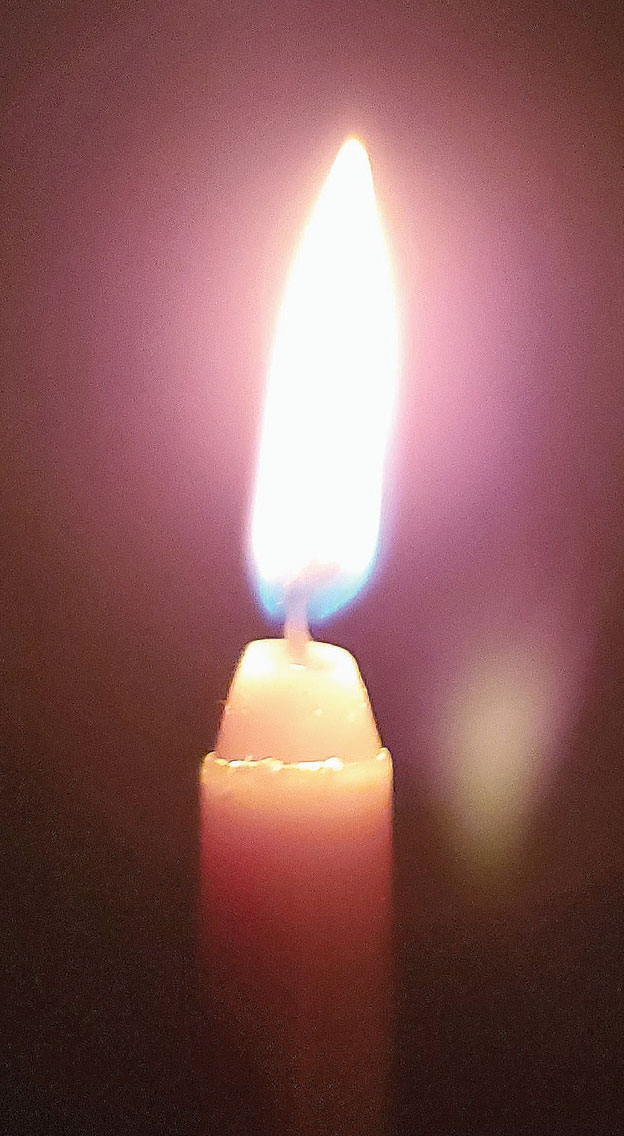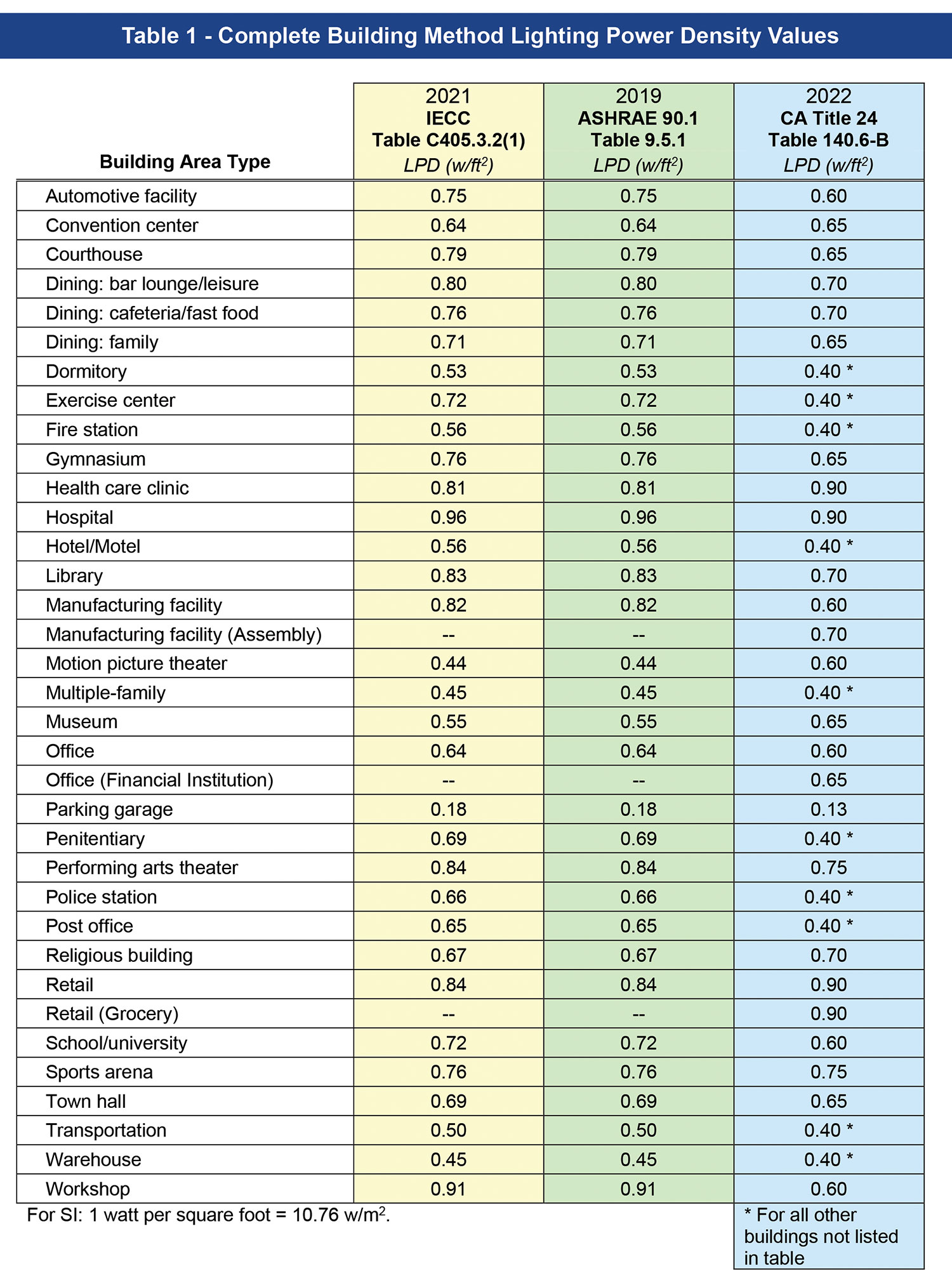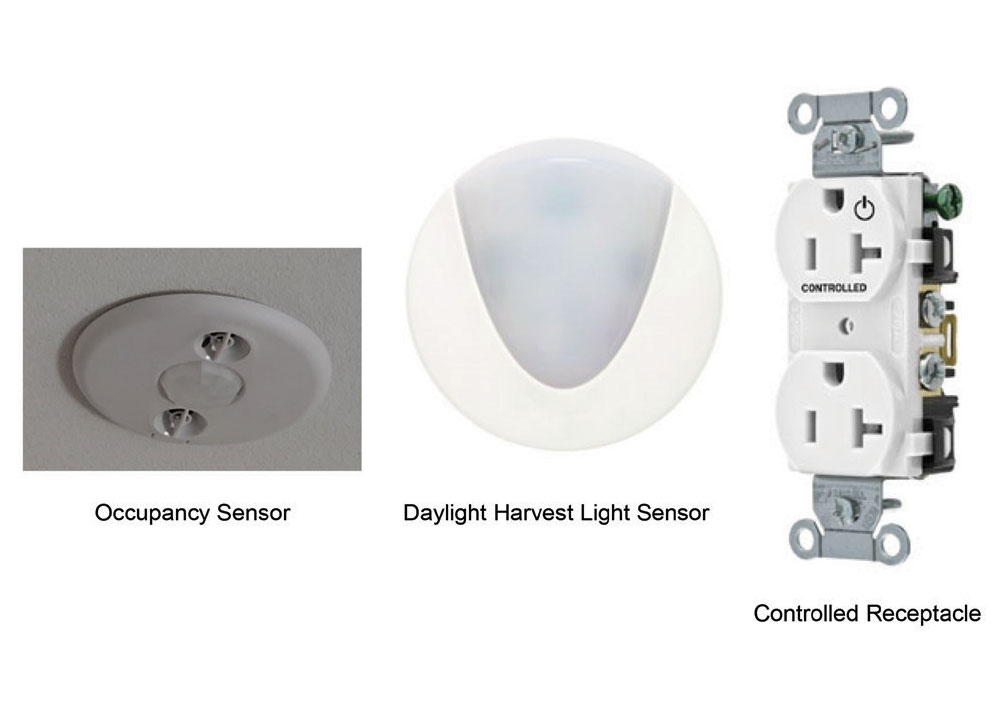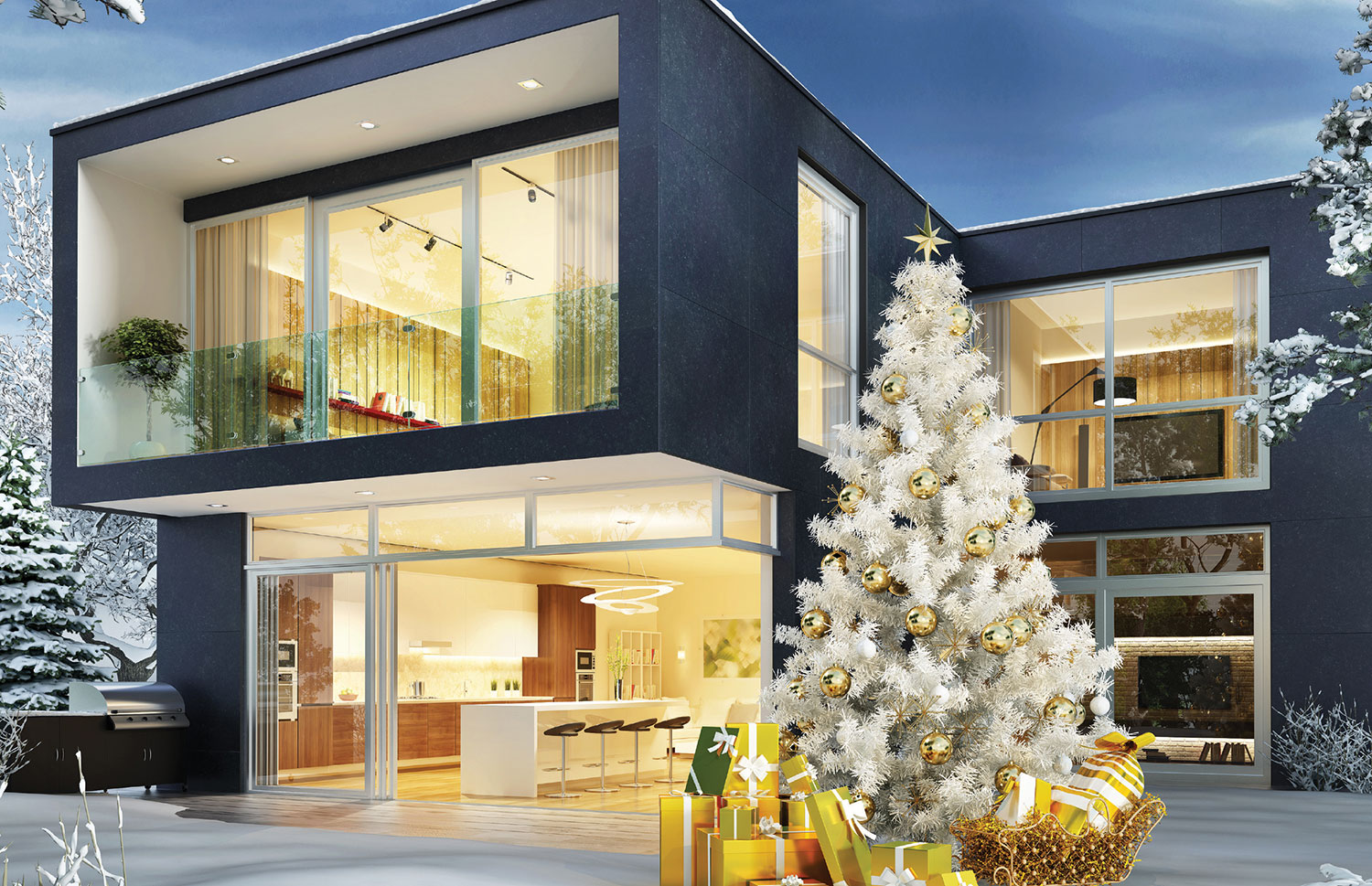As early as the days of hunting and gathering, we have tried to extend daylight with various methods of artificial lighting. From open flames to oil lamps to today’s electric lighting, most of us spend a portion of our days—not to mention our lives—under artificial lighting. Without it, many of us wouldn’t be able to work through the night to meet that looming deadline.
NFPA 70E®, Standard for Electrical Safety in the Workplace, is a best practice to provide a practical safe working area for employees and to help reduce electrical hazards and workplace injuries. Electrical hazards can include electric shock, arc flash, and arc blast.
Artificial lighting is a significant load on the electrical infrastructure. Traditionally, up to 30% of a building’s electric load was used for lighting. The U.S. Energy Information Administration estimates that lighting takes up about 5% of the total electricity consumption in the United States. Generating electricity costs money, and each of the various forms of generation has some adverse impacts, such as pollution, nuclear waste, or affecting the wildlife we enjoy in nature.
Since we spend so much time under artificial lighting, which costs so much to produce, we need to use our lighting resources wisely. For this reason, we have several codes regulating the use of lighting power. Those less familiar with the National Electrical Code (NEC) may be surprised to know that the NEC does not set standards for energy usage. In fact, the purpose of the NEC is “…the practical safeguarding of persons and property from hazards arising from the use of electricity.” It also states, “This Code is not intended as a design specification or an instruction manual for untrained persons.” [NEC 90.1(A)]
In other words, even when you have the NEC mastered, we—who work in and around the electrical trade—still have more to consider when it comes to artificial lighting.
How Much Light Do I Need?
The NEC does not address the question, “How much light is needed?” The Illuminating Engineering Society (IES) is an organization that provides excellent lighting level guidelines for the various visual tasks we perform, including work, entertainment, and recreation. Lighting can be very utilitarian as it affects the safety and the ability to perform tasks properly, but it can also be used to set the mood for an area. Likewise, since appropriate illumination for one individual may not be adequate for another, lighting design becomes a blend of quantifiable science and a perceived artform. The North American chapter of the IES has many guidelines, and it does an excellent job of handling the myriad of factors that come into play in delivering proper glare-free lighting levels for use in various applications.

What is Appropriate Energy Use for Lighting?
Article 220 of the NEC provides some of the requirements for electric lightning. It addresses service load calculations, and Table 220.12 has unit load factors for lighting in various occupancy types. These loads help ensure sufficient electrical capacity to handle the potential lighting loads. However, the NEC does not have standards that address energy conservation in lighting design.
Various states and municipalities have unique energy codes, but these are mostly based on three primary energy codes:
- ASHRAE 90.1, Energy Standard for Buildings Except Low-Rise Residential Buildings, first known as ASHRAE 90-75, was introduced in 1975. The latest version is 2019.
- International Energy Conservation Code (IECC) was established in 2000, and 2021 is the current version.
- Building Energy Efficiency Standards – California Title 24 was established in 1978. The 2022 version will take effect in the state starting on January 1, 2023.
I mention the California energy code because it stands alone and does not simply reference one of the other two codes. Each code is on a three-year cycle and gets adopted by states and municipalities. They are all similar, with some exceptions, and all aim to set standards to save energy. The NEC acknowledges these energy codes and allows the electrical system sizing to be adjusted based on the energy code followed [see NEC 220.12(B), Lighting Load for Non-Dwelling Occupancies.]
Each energy code allows the lighting designer to break the building down into its parts and provides appropriate Lighting Power Density (LPD) for those areas or allows the entire facility to be taken as a whole. Table 1 shows how the overall facility LPD values for these various codes compare.

How Does the Lighting Need to be Controlled?
The various codes explain how lighting needs to be controlled in multiple building areas and under specific circumstances. While the three main codes handle the controls in slightly different ways, there is significant similarity and overlap between the codes. Table 2 compares the codes and their approach to these controls.
With the guidelines from the energy codes, a lighting designer’s next task is to decide how to meet those requirements. Simple lighting controls (toggle switches) started with line-voltage wiring, but low-voltage wiring methods became common as systems grew more advanced, including occupancy sensors, time clocks, and dimmers. As controls get more complex and wireless technologies advance, wireless lighting control options become increasingly appealing. It is also possible to purchase luminaires with built-in occupancy and daylight sensors. These sensors can control each luminaire separately or be networked to function together.



backup

Typical Lighting Control Components
The essential components of lighting controls consist of the following:
- Manual dimmer switches – The occupant needs to have control of the essential functions of the lighting in the area. They should be able to adjust the brightness to their task requirements and their preferences, and they need to be able to shut off the lighting when they leave the area.
- Photo-responsive switches/dimmers – The earliest use of photocells (a simple on/off switch) was to ensure that outdoor lighting only came on when it was dark outside and that those luminaires did not stay on through the day. With photo-responsive dimmers, indoor lighting can be adjusted to save energy when sufficient natural light shines through windows or skylights.
- Time switches – Lighting can be controlled based on the day or week. The time switch can automatically turn lights off at the end of a business day, keep them off on a holiday or weekend, or cause other controls to take over during different time periods. Since we don’t always follow a prescribed schedule however, there must be a manual override in case the lights are needed while the building is being cleaned or when someone is working late.
- Occupancy sensors – Since it is easy to step away from one’s work area and not return as quickly as anticipated, the occupancy sensor shuts the lighting off after a specified delay. It is also customary to dim the lighting in common areas when vacant.
- Switched receptacles – A more recent component of the energy-saving control scheme is the control of receptacles. By switching a portion of the receptacle loads with the overhead lighting, items like task lights, computer monitors, radios, fans, and portable heaters can turn off when the occupant is not present. Naturally, unswitched receptacles are also necessary so that power to a computer CPU and other vital loads is not lost every time the occupant is not present. As a newer requirement, there will be that usual learning curve as users must be reminded about which devices to plug into which portions of the receptacles. But in the end, energy is saved and end-user savings will add up.
Conclusion
Energy code adherence requires:
- Lighting/electrical designers to pay close attention to lighting control systems.
- Electricians to master new control schemes.
- Occupants to get used to the system.
- Authority Having Jurisdiction (AHJ) to keep track of an additional code.
However, the result is energy/cost savings that ultimately allow us to be wiser stewards of our natural resources. So, the next time you are up burning the midnight oil to meet that deadline, be grateful for the many innovations that allow us to comfortably and responsibly see the task at hand.
References and Helpful Links
- S. Energy Information Administration,
https://www.eia.gov/ - Illuminating Engineering Society, https://www.ies.org/
- International Dark-Sky Association,
https://www.darksky.org/ - International Energy Conservation Code (IECC), International Code Council, https://www.iccsafe.org/
- Energy Standard for Buildings Except Low-Rise Residential Buildings (ASHRAE 90.1), American Society of Heating, Refrigerating and Air-Conditioning Engineers, https://www.ashrae.org/
- Building Energy Efficiency Standards (CA Title 24), California Energy Commission,
https://www.energy.ca.gov/ - NFPA 70 – National Electrical Code (NEC), National Fire Protection Association, https://www.nfpa.org/
- Lighting Controls Association – The Lighting Controls Authority, https://lightingcontrolsassociation.org/
- Legrand/Wattstopper Products – Energy Code Solutions, https://www.legrand.us/solutions/energy-code
- Legrand/Wattstopper Products – Regional Energy Codes, https://www.legrand.us/solutions/energy-code/regional-codes
- Cooper Lighting Solutions – Lighting Energy Experts, https://www.cooperlighting.com/global/resources/energy-experts
- Eaton Energy Codes White Paper – Building energy codes driving efficient design, https://www.eaton.com/content/dam/eaton/products/low-voltage-power-distribution-controls-systems/power-energy-meters/pxeva-pxbig/building-energy-codes-driving-efficient-design-wp150001en.pdf
- Eaton Digitalization for energy efficiency in U.S. commercial buildings, https://www.eaton.com/us/en-us/products/low-voltage-power-distribution-control-systems/us-energy-codes.html.











Find Us on Socials